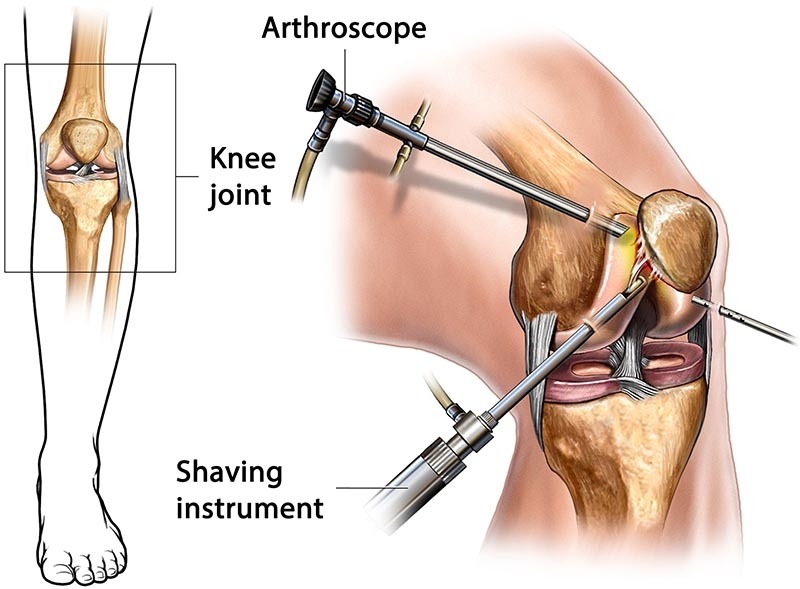Meet Specialist Orthopaedic and Joint Replacement Surgeon

Dr. Utsav Agrawal
Chief Knee and Hip Replacement, Complex Trauma Surgeon
Director Varunam SuperSpeciality Hospital, Nagpur
- M.B.B.S.
- M.S. Orthopaedics
- Fellow in Knee and Hip Replacement, Mumbai
- Fellow In Knee and Hip Surgery, Germany
- Fellow in Knee and Hip Surgery, NHS, Singapore
- Fellowship in Complex and revesion knee and Hip replacement, London, Lancaster, UK
Experience : 15 years / 15000+ Successfully Surgery completed
Best Knee Arthroscopy In Nagpur
Best Knee Arthroscopy

Symptoms indicating the need for Knee Arthroscopy
- Knee pain or discomfort that does not respond to non-surgical treatments.
- Swelling or inflammation in the knee.
- Difficulty or inability to fully extend or flex the knee.
- Locking or catching sensation in the knee during movement.
- Ligament tears, meniscal tears, or cartilage damage suspected based on other diagnostic tests.

Treatment with Knee Arthroscopy:
Diagnostic Procedure: Knee arthroscopy is initially used to diagnose the specific problem by visualizing the internal structures of the knee joint. If a problem is identified, the surgeon may proceed to perform the necessary treatment during the same procedure.
Meniscus Repair or Trimming: If a torn meniscus is identified, the surgeon can use arthroscopic instruments to repair or trim the damaged portion of the meniscus.
Ligament Reconstruction: In cases of ligament tears, such as an anterior cruciate ligament (ACL) tear, arthroscopy can be used to reconstruct the ligament using grafts from other parts of the body or from donor tissue.
Cartilage Repair: Arthroscopy can also be utilized to treat cartilage damage by smoothing or removing damaged areas, or by performing procedures to stimulate cartilage regrowth.
Prevention and Recovery:
Preventive Measures: While knee arthroscopy is often performed as a treatment, some knee injuries can be prevented by:
- Wearing appropriate protective gear during sports or activities that pose a risk of knee injury.
- Strengthening the muscles around the knee through targeted exercises.
- Maintaining a healthy weight to reduce stress on the knee joint.
- Using proper techniques and equipment during physical activities.
Recovery and Rehabilitation: After knee arthroscopy, the recovery process typically involves the following:
- Rest and Protection: You may need to limit weight-bearing on the affected leg and use crutches or a brace as recommended.
- Physical Therapy: A rehabilitation program will be prescribed to restore knee strength, flexibility, and function. This may include exercises, stretches, and gradually increasing activity levels.
- Pain Management: Your doctor may prescribe pain medications or recommend over-the-counter pain relievers to manage post-operative pain.
- Follow-up Care: Regular follow-up visits will be scheduled to monitor your progress, remove stitches (if any), and make any necessary adjustments to your recovery plan.
Recovery time varies depending on the specific procedure performed and individual factors. It can range from a few weeks to several months. Following your surgeon’s instructions, attending all recommended physical therapy sessions, and gradually returning to normal activities will aid in a successful recovery.
